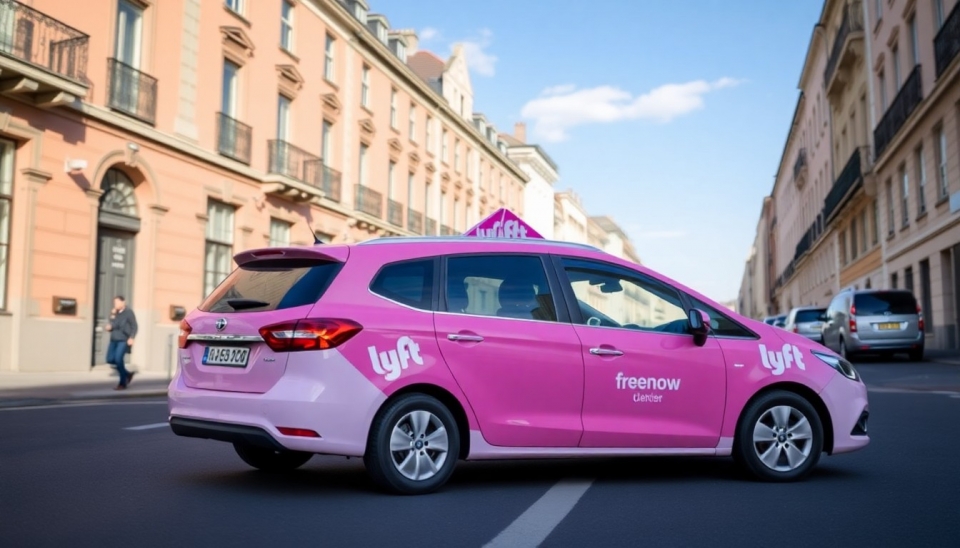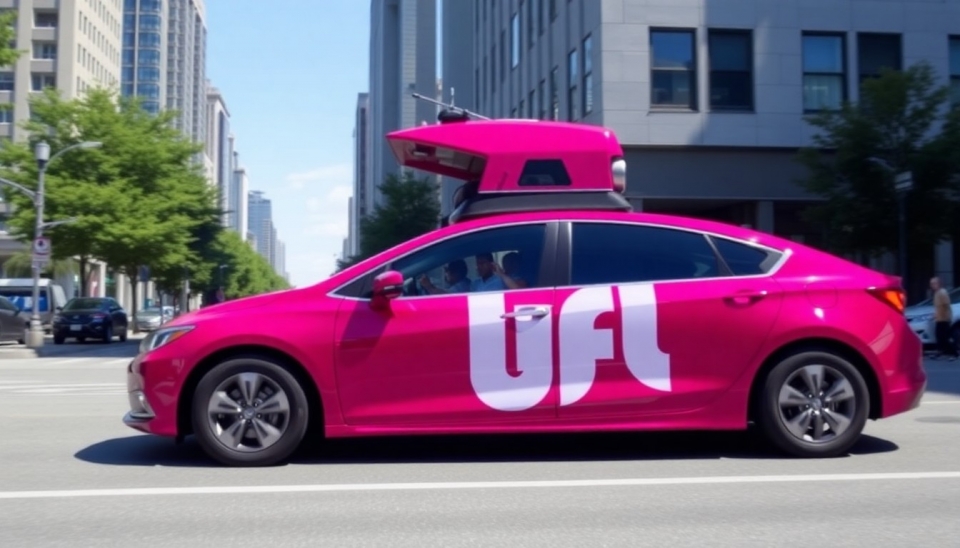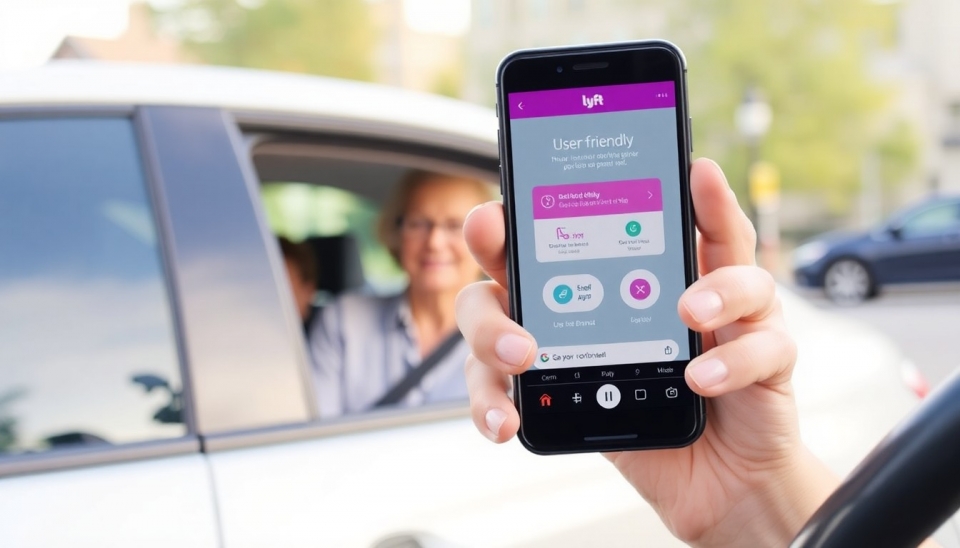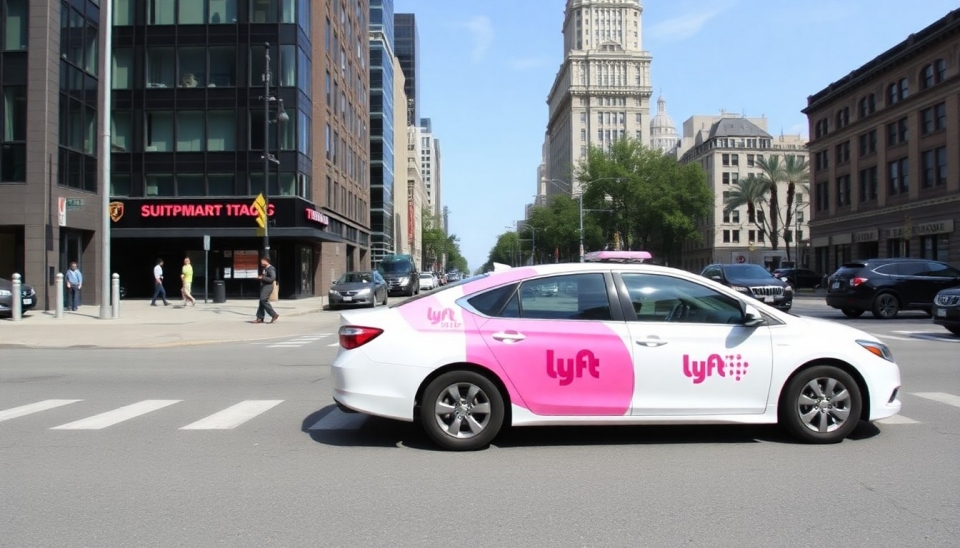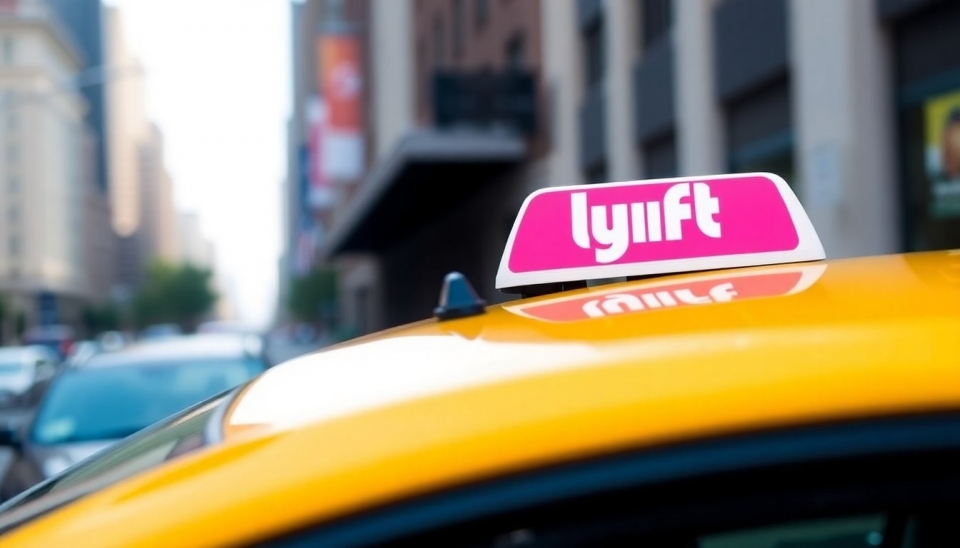
In a significant development that marks a new chapter in its operations, Lyft, the ride-hailing giant, has announced plans to begin dispatching traditional taxis in select markets. This strategic initiative is aimed at minimizing wait times for riders, a move that comes as the company seeks to improve service efficiency and customer satisfaction amidst increasing competition in the mobility sector.
The decision to incorporate taxis into its dispatch network comes after extensive research and feedback from customers who expressed a desire for shorter wait times. By leveraging the existing infrastructure of taxi services, Lyft aims to enhance its ability to meet demand, particularly during peak hours when the availability of its drivers may be stretched thin.
Initially, the service will be rolled out in a few major cities known for their high demand for rides. Lyft users will be able to hail a taxi through the same app they use for regular Lyft rides, integrating this new option seamlessly into their existing experience. The company hopes that this will not only reduce the time users wait for a ride but also provide a wider range of vehicle options.
Moreover, the inclusion of taxis offers a unique set of opportunities for Lyft. Not only does it help address immediate logistical challenges, but it also positions the company to tap into the extensive network of taxi drivers already familiar with the cities they're operating in. This could improve overall ride reliability and enhance earnings for taxi drivers who have been impacted by changing dynamics in the ride-hailing market.
Lyft's management expressed optimism about this integration, stating that the company is committed to innovation and customer service improvement. This development signals Lyft’s recognition of the evolving landscape of urban transportation and the necessity to adapt to emerging consumer needs and preferences.
As the rollout progresses, Lyft plans to gather feedback to fine-tune the service further, aiming to expand to additional cities if the initial rollout demonstrates success. This approach not only offers a practical solution to rider demands but also reflects Lyft's broader strategy to remain competitive against rivals like Uber, which has more aggressively evolved its service offerings.
This move showcases Lyft’s readiness to innovate in a crowded marketplace, ensuring that it can maintain its relevance and meet the ever-changing expectations of its user base. With this bold step into taxi dispatch, Lyft could redefine its service model and potentially influence the future of urban mobility.
Stay tuned for more updates as Lyft embarks on this new journey and considers its next steps in innovating the ride-sharing experience.
#Lyft #Ridesharing #TaxiDispatch #UrbanMobility #CustomerExperience #RideHailing
Author: Liam Carter
